In the UK, summer is Love Island season. For seven series, the show has captured British pop culture during the sweltering months. On this side of the pond, Love Island dominates chat shows, water cooler discussions, and online chatter. It even developed a cult following with American audiences, so it was inevitable that the US would make its own version of the show.
CBS debuted its version of Love Island in the summer of 2019... to a muted response. Its 2020 season, filmed during the global COVID-19 pandemic, was also not a huge ratings splash. Yet on its own merits, the US version of Love Island isn't a failure. In a lot of ways, it's nearly as good as the original. In some ways, it's even better.
8 Varied Locations
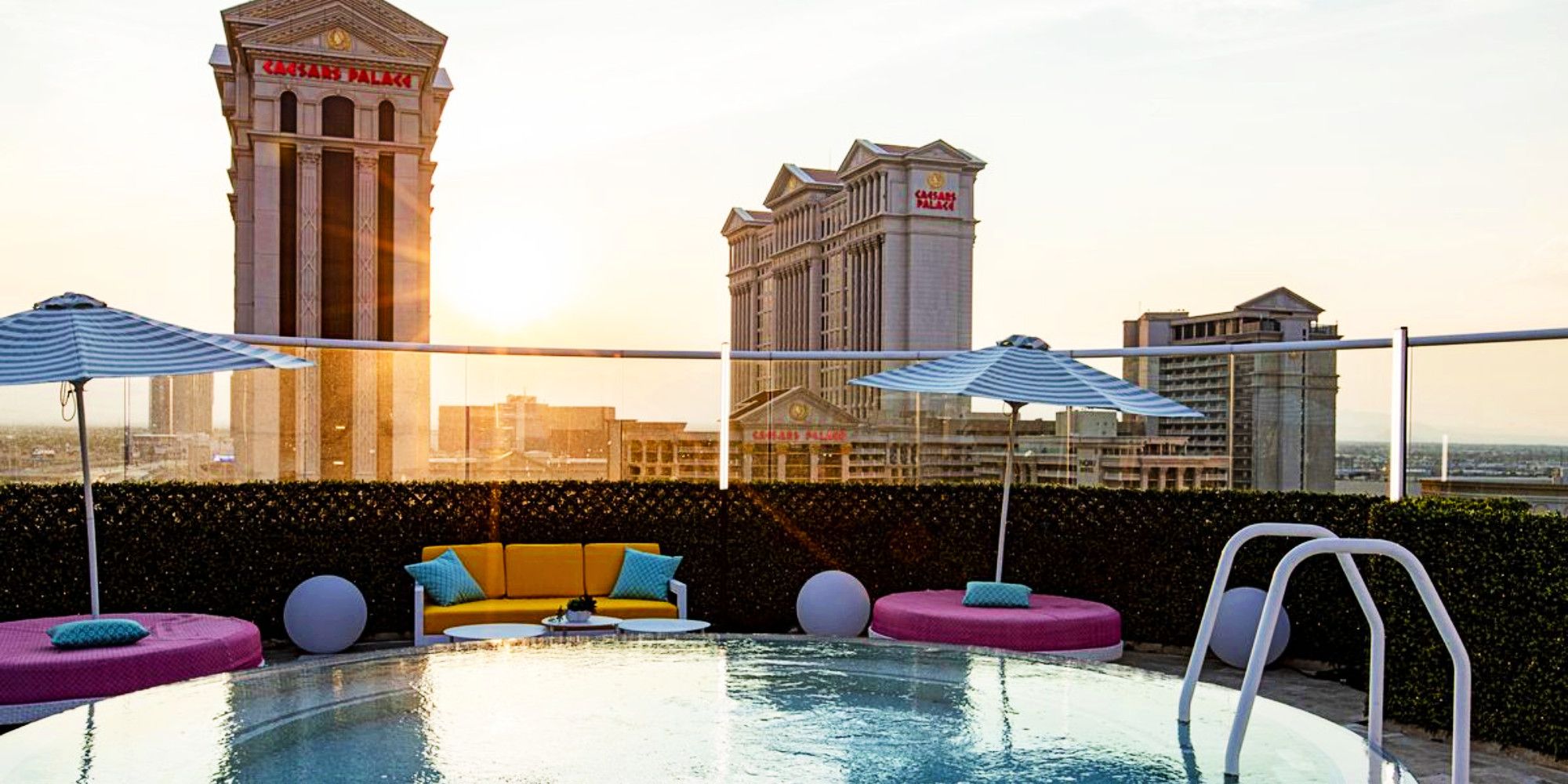
The original Love Island shoots each of its seasons in the same location: the Spanish island of Mallorca. Likewise, the American Love Island's original plan was to film every season in Fiji. Then the pandemic hit, and both productions had to change locations. The original moved to Cape Town, South Africa. By contrast, the US production shot on the rooftop of the Cromwell Hotel in Las Vegas.
Season 2 of the US series turned out to be incredibly visually captivating. Within the rooftop "villa," everything was pure Love Island, totally similar to the U.K. series, more than season 1 — even if establishing shots of the rooftop revealed the "villa" to be a skyscraping blip within Vegas' cityscape. For season 3, the US show moved again, this time to Hawaii. Necessity being the mother of invention, these impromptu location changes have been refreshing. Meanwhile, the UK production returned to that same old Spanish villa for its season 7.
7 Higher Energy

Maybe it's a cultural distinction among British and American twentysomethings, or maybe it's a different casting strategy on the part of production, but British Love Island contestants are a little bit more chill, and their American counterparts are a little bit more ready to party.
One can spot the difference in the way the islanders deliver the show's iconic "I got a text!" catchphrase. The British islanders shout it loud enough for the whole villa to hear, and come running with enthusiasm to share the message. When the Americans do it, they scream at the top of their lungs loud enough for even the neighbors to hear, and everyone starts cheering and dancing like it's a whole party.
6 Tighter Length
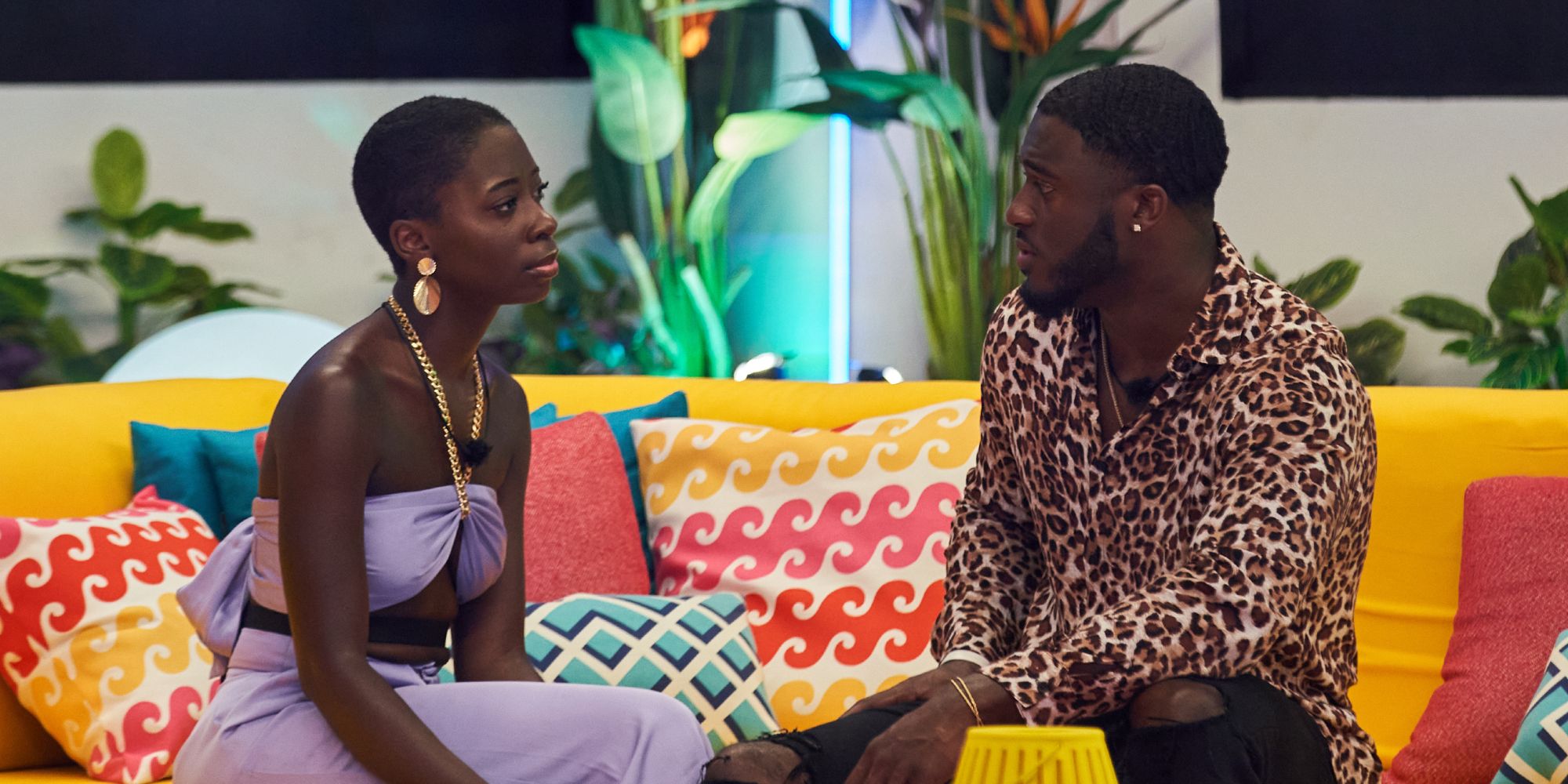
For such a delightfully frivolous reality show, Love Island demands a tremendous time commitment from its fans. In the UK, it's on every day of the week. That's roughly 60 hour-long episodes packed into two months. By the end of a series, viewers can be forgiven for feeling gassed out and wanting things to wrap up.
It's ironic, given that British TV is famous for its short TV series compared to America's many marathon seasons. In this case, though, it's the US that's more economical. Love Island USA's schedule has the show airing most days a week for a shorter length of weeks. Season 1 had 22 episodes, and season 2 had 34. That's still plenty of content but not so much that it exhausts viewers.
5 Cooler Villas

The original, British Love Island films not only in the same country but in the same villa every season. By now, the place is recognizable. Over hundreds of episodes, the layout of the house has become familiar to viewers. Familiarity is comfortable, but it also gets boring. A promised renovation in 2021 gave viewers a refreshed villa, but not a different one.
Not only has Love Island USA changed up its location for each of its seasons, but each villa has been bigger and better than the last, outshining the UK house. These villas just serve more. Season 3's three-story villa even has a water slide. Tacky? Yes, but viewers don't tune into Love Island for its restrained aesthetics or refined taste.
4 Better Narrator
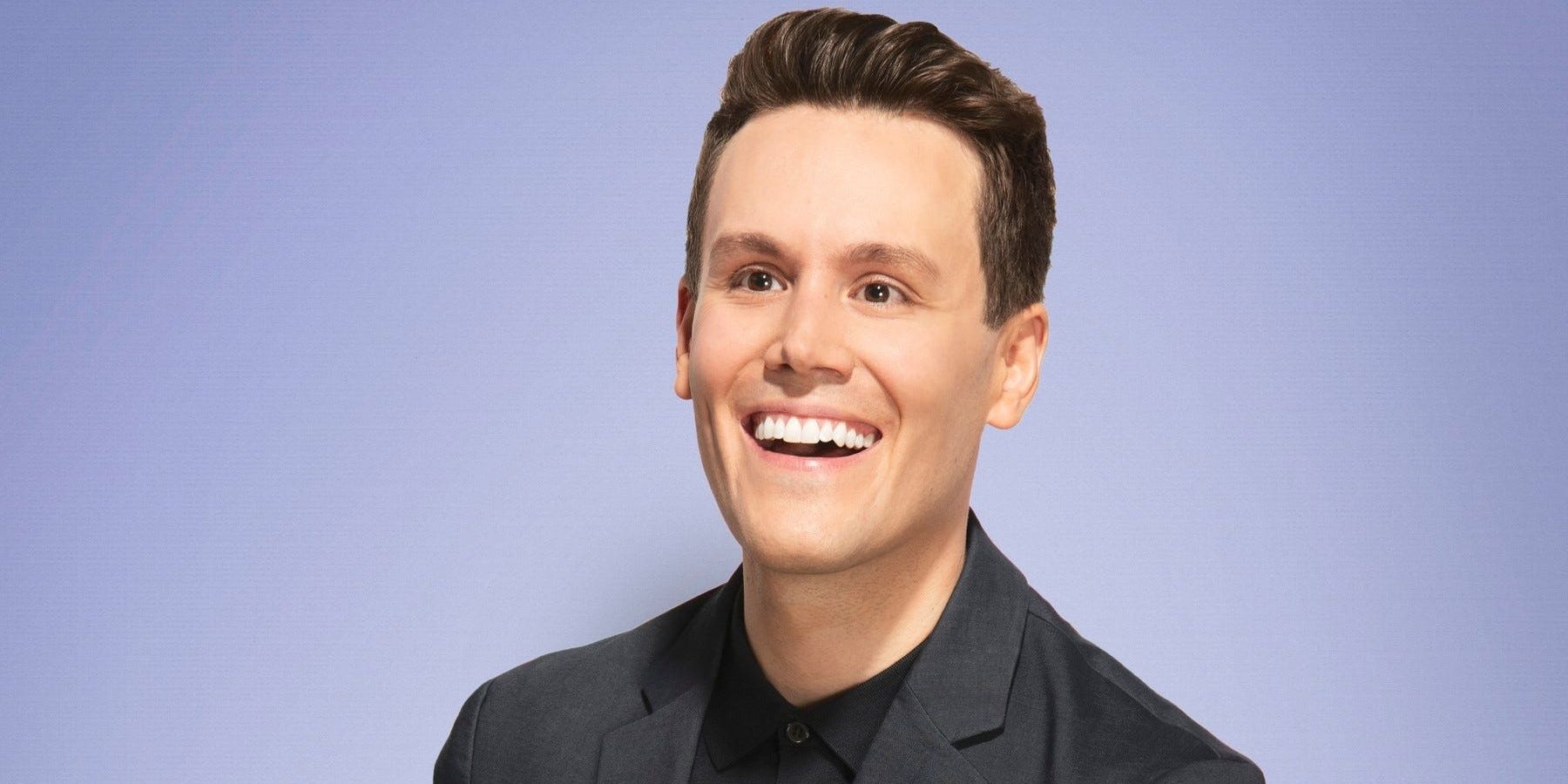
Without question, Iain Stirling's impish narration is a key component in what makes the British Love Island so watchable. Stirling's voiced-over quips, barbs, and puns are what truly make Love Island what it is. In 2019, it seemed impossible that an American narrator could do as good a job.
CBS proved doubters wrong, though. It found a gem in Love Island USA narrator Matthew Hoffman. Hoffman doesn't try to copy Stirling's style, but he interpolates it perfectly while delivering something similar in a distinctly American flavor. UK fans may scoff at the notion, but with a few seasons under his belt now, Hoffman is at least as fun a Love Island narrator as Stirling — and he's arguably even better.
3 Faster Gameplay
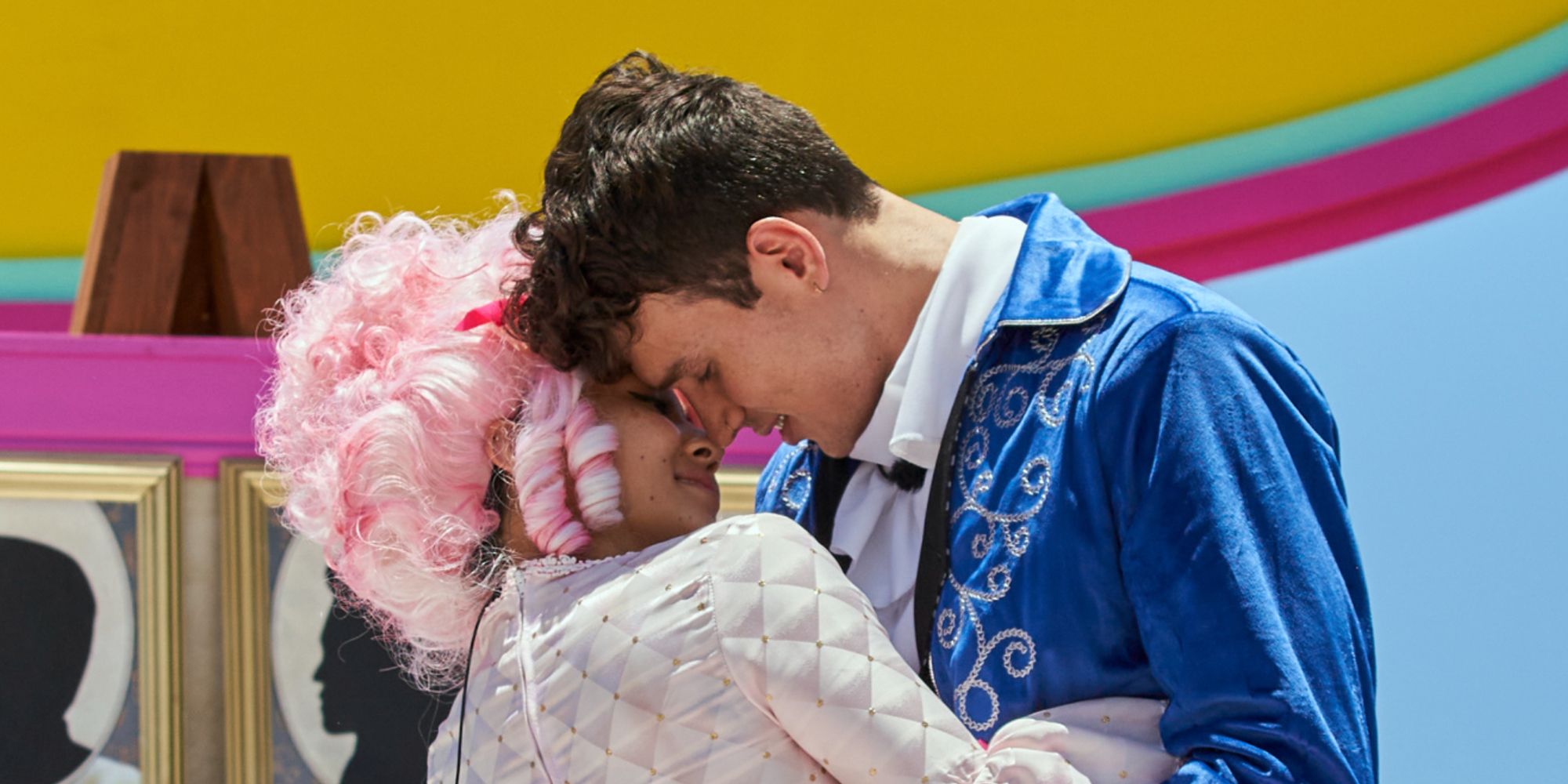
America's Love Island seasons are much shorter than the original version's, but they pack in nearly as many islanders. Production seems happier to change things up, filtering new players in and out at a faster clip. Season 2 had 31 islanders in its 40 days. Compare that to the UK's season 5 (its last full-length season), which featured 36 islanders over 58 days. It's a slower burn.
That said, the UK version seems to be taking a page from the US playbook. In 2021, season 7 saw the first villa resident get dumped faster than ever. When Shannon was left single at the end of the second day, she didn't get any time to attempt to recouple with any of the boys. Instead, she was instructed to leave immediately, surprising viewers and islanders alike.
2 Less Raunchy
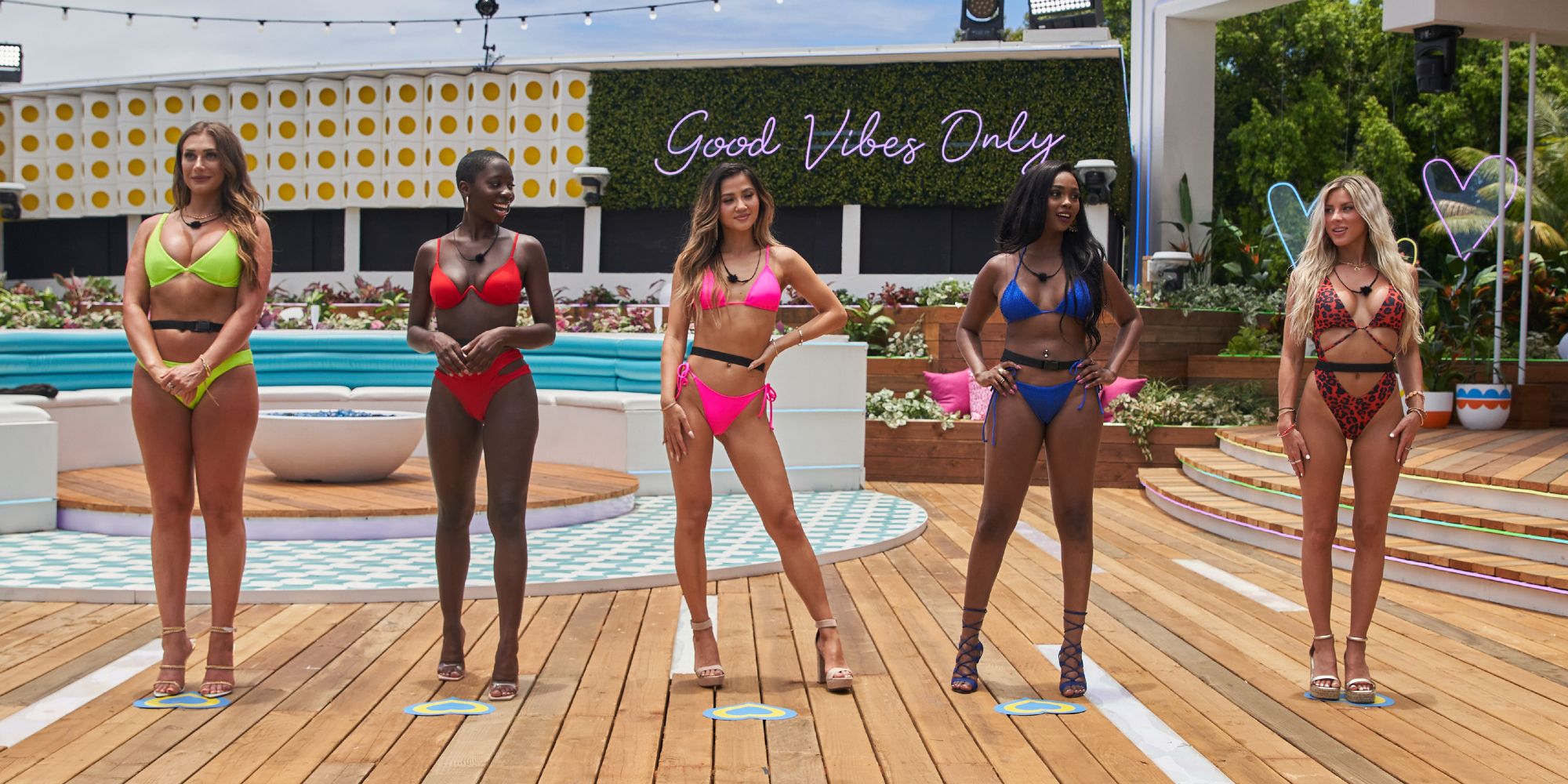
Admittedly, whether more or less raunch is better remains up to an individual viewer's taste. It's objectively true, though, that America's Love Island is a bit cleaner than the original. US broadcasting standards and practices are stricter, and Love Island airs in primetime on CBS.
Thus, Love Island is slightly more family-friendly in the States. That means a lot less cursing and a lot less graphic sexual talk. However, American viewers have to access steamier Love Island content on Paramount+.
1 More Superficial

Yes, superficiality is a good thing, at least on this show. It's Love Island, after all. Sometimes on Love Island, two islanders will couple up on the first day and they'll stick together until the end. This happens more often in the British version, and it's boring. Commitment may be the goal for the players, but viewers want drama.
The American islanders just tend to be flakier. They're less willing to couple up, and more willing to move on to someone else after they do couple up. Everyone seems thirstier, and that leads to unpredictable Love Island decouplings and recouplings, not to mention more betrayal and hurt feelings. Maybe this speaks to American tastes, but these more frequent changeups are exhilarating.
from ScreenRant - Feed https://ift.tt/3roxL0a


0 Comments